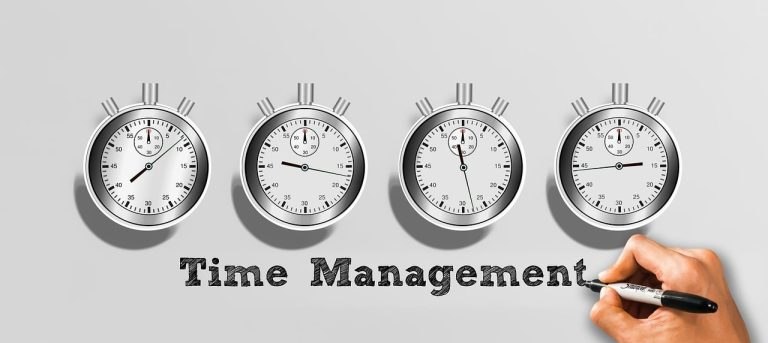THIS WAS AN ARTICLE I WROTE FOR THE STREET MAGAZINE “VIRKELIG” IN TROMSØ, YEAR 2006
”For once you have tasted flight you will walk the earth with your eyes turned skywards, for there you have been and there you will long to return” – Leonardo da Vinci
The Story
Paragliding began when square parachutes emerged in the mid-1970s, and a group of thrill-seeking skydivers in the French Alps decided to try launching their parachutes by running down steep mountain slopes. Since parachutes had the glide ratio of a brick, the development of a new type of wing that could be launched by foot and glide more efficiently began—and the paraglider was born. Today, equipment development has come a long way.
The wings have become much better, safer, easier to use, and way more fun. And since paragliding is the most accessible form of airsports today, it is also the fastest-growing.
Paragliding in Tromsø
In Tromsø, interestingly enough, paragliding arrived before skydiving. This year, we celebrate the 30th anniversary alongside Tromsø Skydiving Club, which turns 25. In the Tromsø Hang- and Paragliding Club, you’ll find over 100 men and women aged 17 to nearly 60. If you take up paragliding, we promise you not only unforgettable flying experiences, but also a sport where you’ll meet wonderful people of all ages, enjoy plenty of fresh air, exercise, and fun.
People often ask me: why paragliding? Well, why do some people play golf? Those who haven’t tried paragliding just don’t get it—and for those of us who have, it’s hard to explain. In paragliding circles worldwide, there’s an article written by an unknown author that manages to describe it quite well. Read the article below.

Why Paragliding Sucks
Paragliding sucks. Before I became a pilot, I worked, ate, and slept. Now, I fly. It’s impossible to describe what it’s like to fly. You just have to try it. And once you’ve flown, no ground-based activity can compare to the feeling of being as free as a bird. You’ll always walk with your eyes turned skywards.
Before I started flying, I watched the road when I drove. Now, I watch the clouds. I used to dream about a career—now I just want longer flights. I once longed for deeper friendships—now I just want to fly higher.
Am I simply not a complete person unless I get to fly? Or perhaps I become a better person when I do? Maybe I’m completely out of my mind for craving it so badly. Maybe flying is a sickness. If so—can it be hereditary?
Paragliding gives me a high and an addiction that no other experience can satisfy. No matter how I describe it, or how I define it, the truth is always far beyond words. Flying on ridge lift, thermals, small hill edges, or in convergence—no matter the flight, it’s never enough.
So far, no one has landed and said, “I’ve mastered it. I know paragliding.” Everyone who flies knows they could’ve done better. If only I had turned tighter, left the sink earlier, stayed in the lift longer, landed smoother, or… or… You’re never done learning. Maybe that’s why we never get enough. Maybe that’s why we’re always chasing the next lift, the next flight, better clouds, that moment when time stands still and every sensation aligns with the rhythm of the air and the weather—where all that matters is where the lift is. In that moment, everything else disappears. No creditors can reach me. Only this thermal, this cloud, this flight.
I fly.
I’ve been drunk and I’ve been high, but I can’t think of a single moment in my life that gives me such an intense craving for more the way flying does. There’s no end goal in flying. You never really arrive.
Maybe that’s why I try to learn everything I can about weather. Maybe that’s why I read so many flight logs to learn from other pilots’ experiences. Maybe that’s why we go out searching for flyable conditions, even when the forecast looks terrible. I remember once when I… and another time when I…
Now I wonder why I’m trying to describe it again—when I know perfectly well I’ve failed before. It just can’t be done. We talk about timing the launch, about how awful it feels to watch others climb as you sink, about where the best lift is, about that lift zone that was the size of a basketball but felt like Denmark. But I never feel like I truly capture what paragliding deserves.
Paragliding cannot be described.
Since I started paragliding, I will never be the same. No other activity will ever satisfy me again. That’s why paragliding sucks.
Work-Life Balance
Today, I’ve learned that balancing work and leisure is essential to both mental and physical health. Having an activity outside of work—whether it’s paragliding, working out, or playing football—doesn’t just offer a break from daily life; it’s a chance to disconnect and recharge. These activities can act as a release valve for stress, improve focus and creativity when you return to work, and provide a sense of mastery and joy that’s crucial for well-being.
Investing time in something you enjoy outside of work gives you perspective on what truly matters. It helps preserve the energy and enthusiasm needed to be your best—both professionally and personally.





